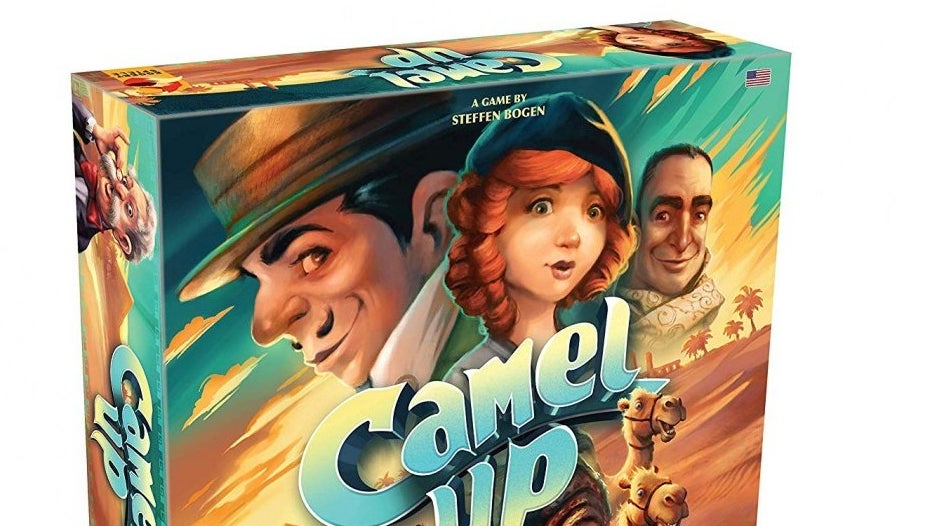Dicebreaker Recommends is a series of monthly board game, RPG and other tabletop recommendations from our friends at our sibling site, Dicebreaker. Don’t forget to also check-out their list of the best board games to play in 2023.
When I was younger, my parents used to invite my brother and me to bet on the Grand National – a renowned British horse race – with 20p being the maximum amount we could put into the pot. Despite the minuscule amount of money at stake, and the fact that I now find races like the Grand National to be rather cruel, it was impossible not to feel a certain rush whenever I handed over my 20 pence piece in hopes that Cloudy with a Chance of Meatballs, or whichever oddly named nag I’d chosen, would help me win big. I still experience this exact same feeling whenever I play Camel Up: Second Edition.
I’m not a fan of actual gambling – both because it can be used to prey on vulnerable people and I couldn’t possibly afford to do it myself – but I do enjoy games that simulate certain parts of it. Push-your-luck games like Clank! and Can’t Stop provide opportunities for players to feel like they’re testing the odds, but without any of the potentially terrible consequences that real-life gambling could have. Camel Up: Second Edition does much the same thing, with players able to make fictional bets on fictional camel races and still feel something akin to the kind of youthful excitement I felt back in my Grand National days.
The second edition of Camel Up is much like the first, with players able to take betting tickets on each colour of camel and earning coins whenever they’ve bet on the correct winner of a round. Perhaps the biggest difference that Camel Up: Second Edition brings – besides aesthetic changes – is the addition of two new colours of camel, black and white, which move backward around the track with the purpose of causing the most amount of chaos possible.
Camel Up features a collection of dice, with each one corresponding to the matching camel meeple on the board, except for a grey die that controls both the black and white camels. On their turn, a player can choose to pull a random die from the plastic pyramid in the middle of the board, with the number indicating how many spaces that corresponding camel moves. The maximum number that can be rolled on any of the dice is three, meaning that players can attempt to determine whereabouts they think a camel might move each round.
